*Lot’s of truth here. I’m not a fan of “listicles,” but this one’s a good start to a deeper conversation. VL
 By Roque Planas, Huffington Post Latino Voices
By Roque Planas, Huffington Post Latino Voices
The conventional wisdom says that most Latin American migrants who come to the United States are looking for a better life, inspired by the “American Dream.” And it’s hard to deny that there’s a lot of truth in that.
But there’s another side to the story — people leave Latin America because life there can be very hard. Poverty, political instability and recurring financial crises often conspire to make Latin American life more challenging than in the U.S., a wealthy country with lots of job opportunities.
Living on the northern side of the U.S.-Mexico border, it’s easy to view Latin America as another world, isolated from the United States. But the truth is that the U.S. government has historically made life in Latin America harder by overthrowing democratically elected governments, financing atrocities and pushing trade policies that undermine Latin American industries, dealing blows to local economies. Perhaps instead of building walls, the United States should focus on being a better neighbor.
Here are 19 ways the U.S. government has helped spur immigration by making life harder in Latin America.
Took over almost half of Mexico
Colonized Puerto Rico in 1898
 A member of the U.S. Army Honor Guard salutes the Puerto Rican and U.S. flags.
A member of the U.S. Army Honor Guard salutes the Puerto Rican and U.S. flags.The United States invaded Puerto Rico in 1898 during the Spanish American War and has retained control of the island ever since. More people of Puerto Rican descent currently live in the United States than on the island.
Took over Cuba, put a naval base there, and only left when the new government allowed them the right to intervene at will
 Wikimedia: Col. Theodore Roosevelt stands triumphant on San Juan Hill, Cuba.
Wikimedia: Col. Theodore Roosevelt stands triumphant on San Juan Hill, Cuba.And yet somehow, U.S. politicians viewed themselves as liberators. Later U.S. administrations would use the naval base to
jail suspected terrorists and hold them indefinitely without trial, also submitting them to torture tactics, according to Human Rights Watch.
Invaded and occupied Cuba two more times
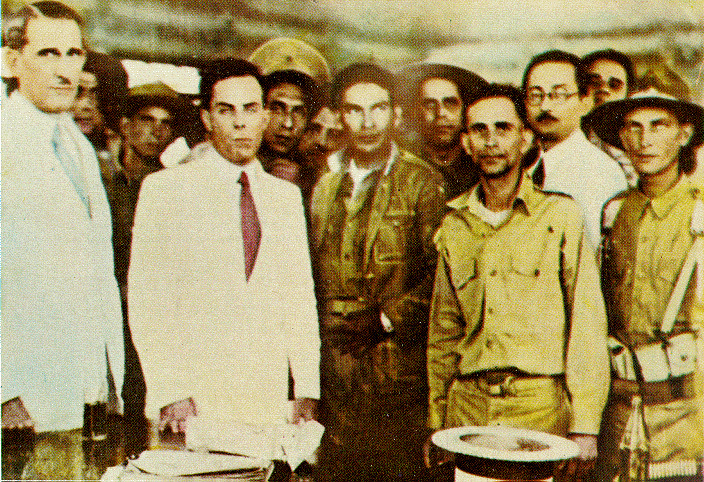 WikiMedia: The leaders of the 1933 Sergeants revolution: Ramón Grau, Sergio Carbó and Sgt. Fulgencio Batista.
WikiMedia: The leaders of the 1933 Sergeants revolution: Ramón Grau, Sergio Carbó and Sgt. Fulgencio Batista.Invaded Nicaragua and occupied the country for two decades
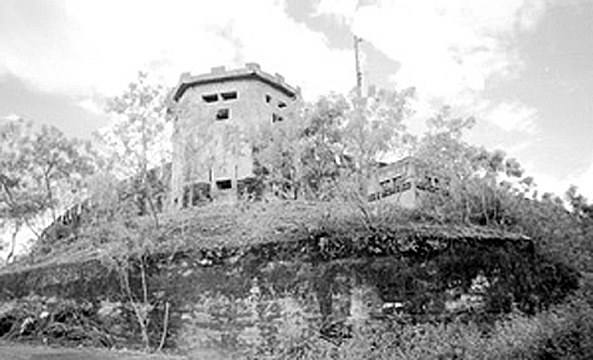 WikiMedia: Fort on Coyotepe hill, near Masaya, Nicaragua, during the Nicaraguan Civil War and U.S. occupation, circa 1912.
WikiMedia: Fort on Coyotepe hill, near Masaya, Nicaragua, during the Nicaraguan Civil War and U.S. occupation, circa 1912.The United States
invaded Nicaragua in 1912 and occupied the country until 1933. Shortly after the U.S. forces left, Anastasio Somoza took over, launching a decades-long dynastic dictatorship with U.S. support.
Invaded Haiti and occupied the country for nearly 20 years
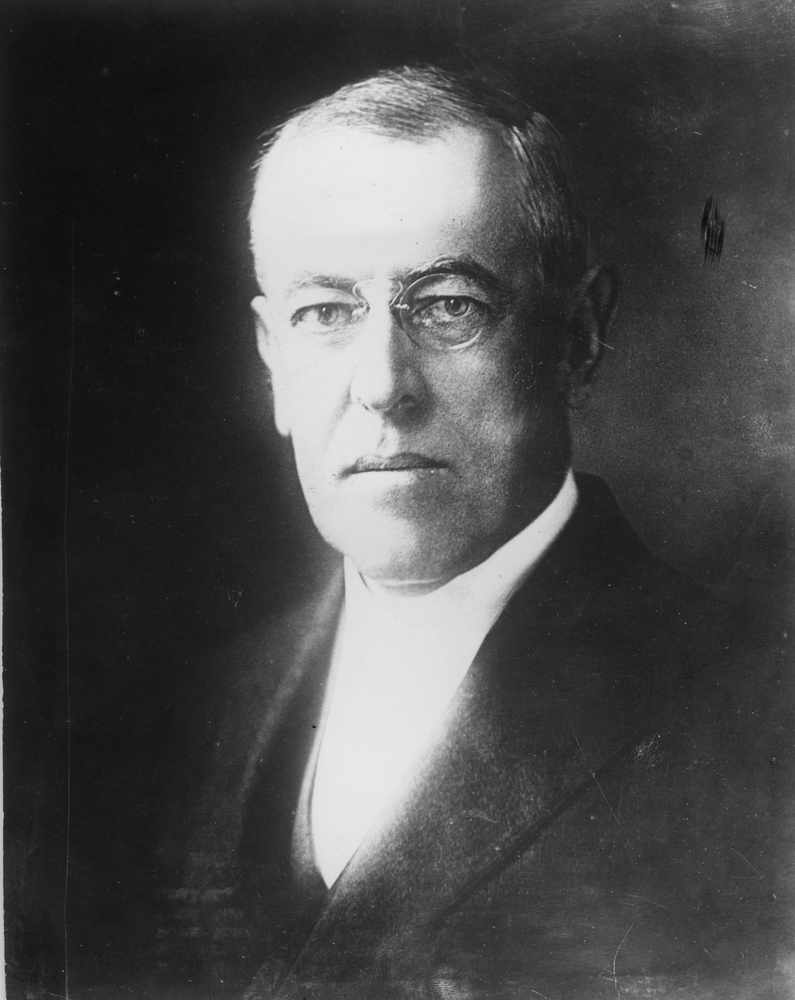 PA
PAInvaded the Dominican Republic in 1916
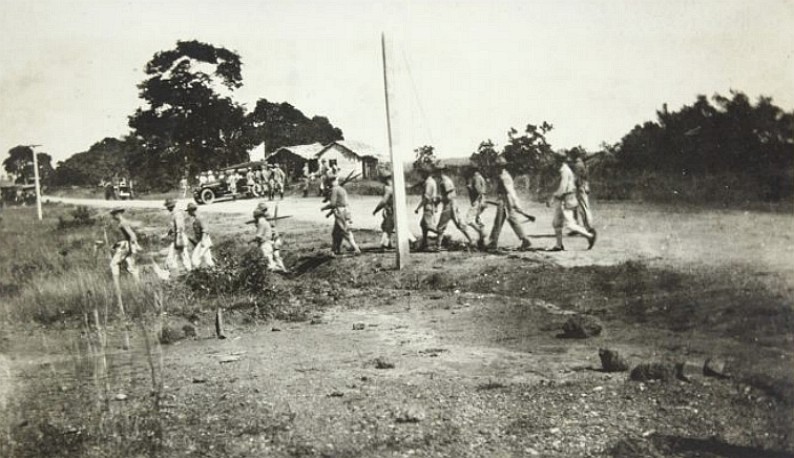 WikiMedia: U.S. Marines in action in the Dominican Republic, c. 1916-1920.
WikiMedia: U.S. Marines in action in the Dominican Republic, c. 1916-1920.Mainly to collect debts, the United States invaded the Dominican Republic in 1916. The occupation lasted eight years.
Overthrew Guatemala’s elected government in 1954
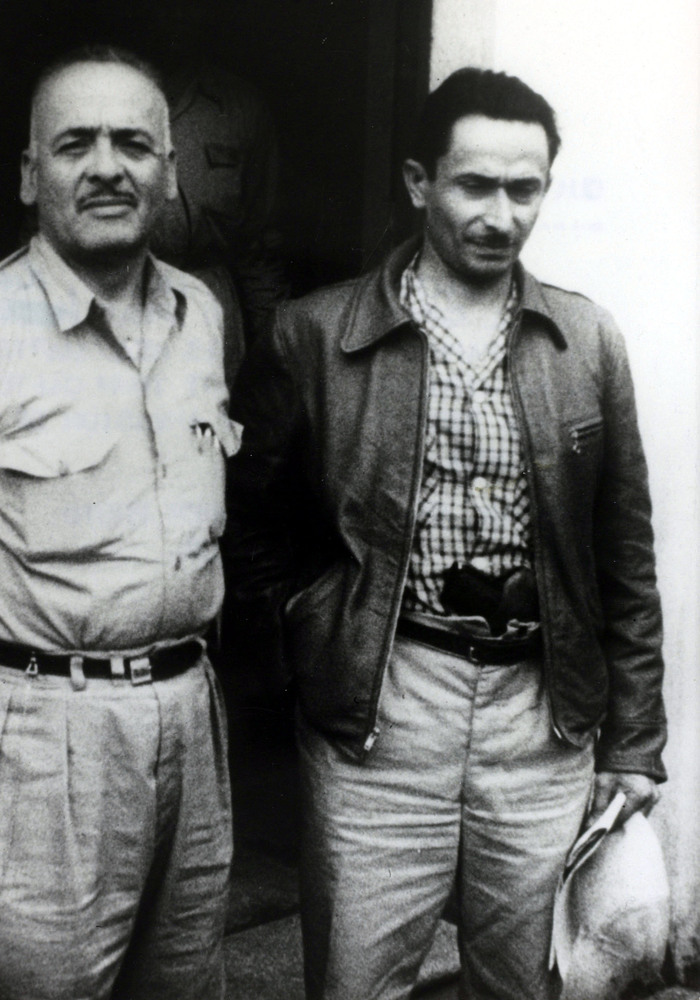 Getty Images: 28th June 1954, Colonel Carlos Castillo Armas, right.
Getty Images: 28th June 1954, Colonel Carlos Castillo Armas, right.At the behest of United Fruit Company, a U.S. corporation with extensive holdings in Central America, the CIA helped engineer the overthrow of the Guatemalan government in 1954, ushering in decades of civil war that resulted in the loss of hundreds of thousands of lives.
Organized the Bay of Pigs invasion in 1961
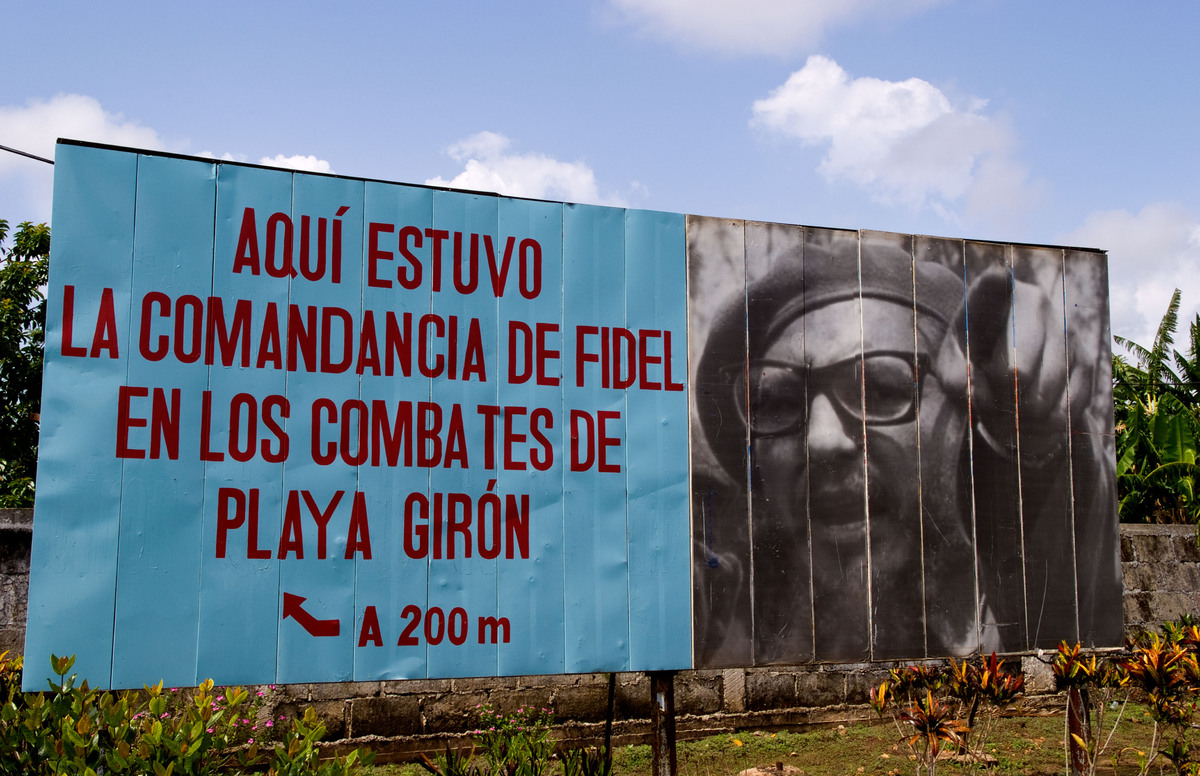 Alamy
AlamyThe CIA organized and financed a group of anti-Fidel Castro exiles in an ill-fated attempt to overthrow the revolutionary government. The botched invasion ended in disaster and Castro declared himself a “Marxist-Lenninist” eight months later.
This article was originally pubished in Huffington Post Latino Voices.
[Photos: David Couto/Ahora es tiempo; Huffington Post Latino Voices]
Related

 By Roque Planas, Huffington Post Latino Voices
By Roque Planas, Huffington Post Latino Voices









